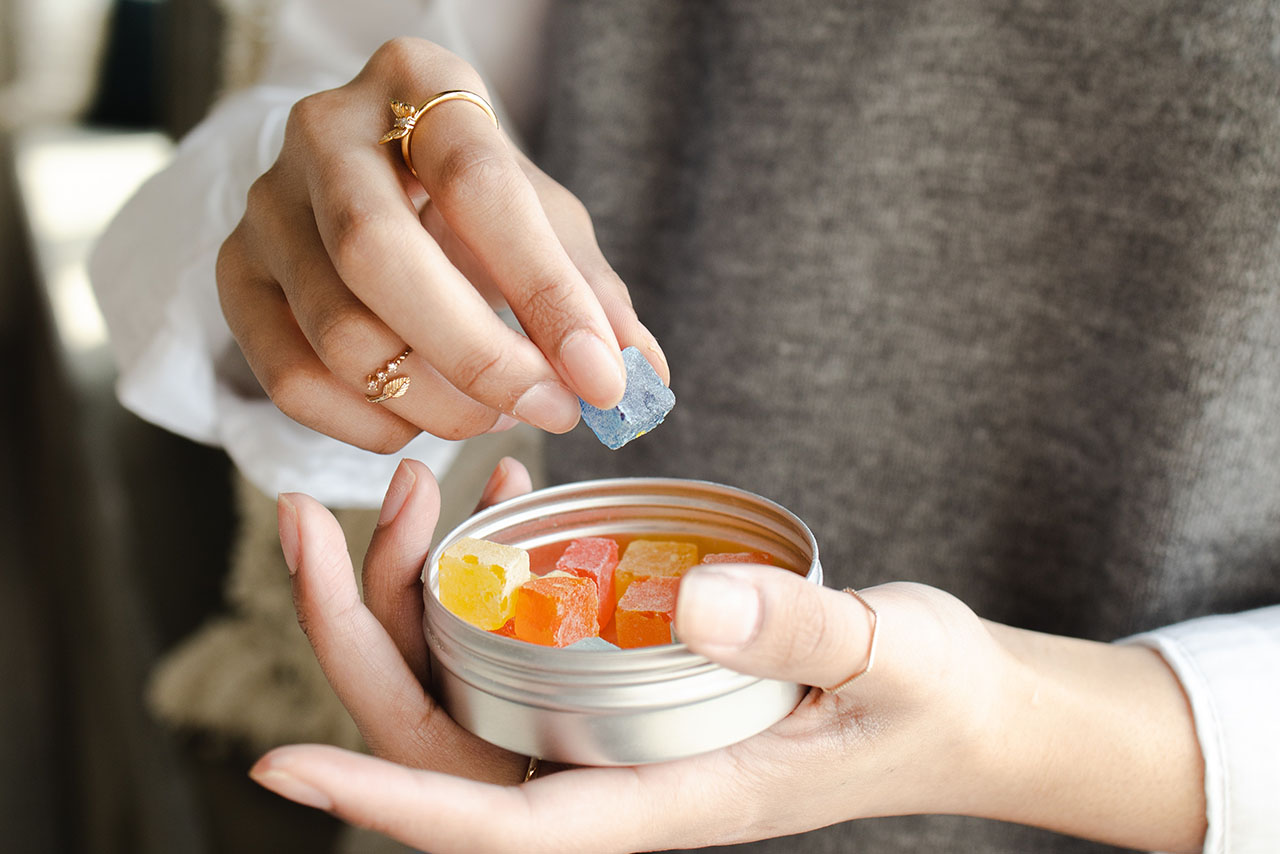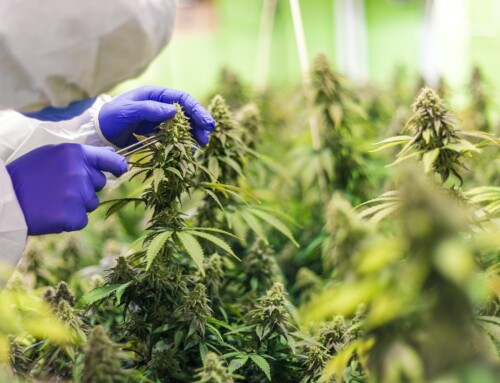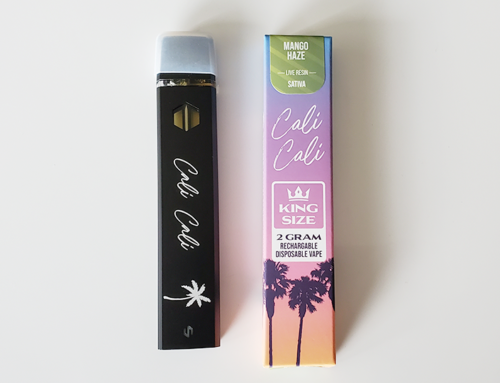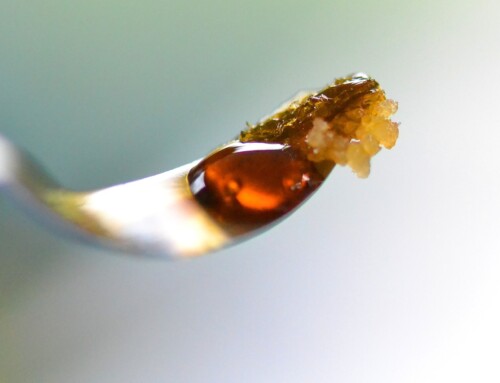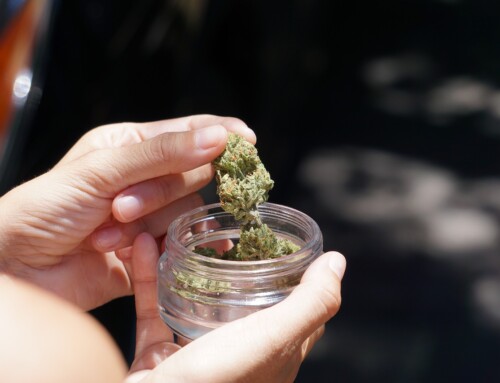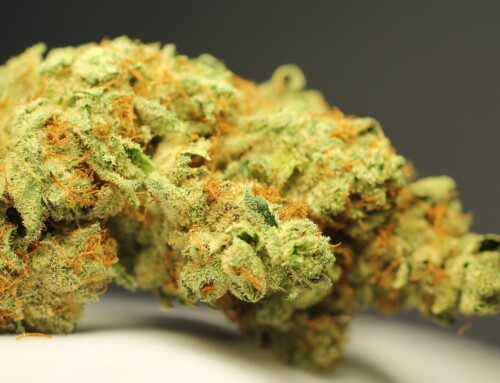Guide to Cannabis Edibles: Benefits, Types, Consumption Methods, Potency, and Dosing
Cannabis edibles have become increasingly popular among cannabis users due to their convenience, discreetness, and long-lasting effects. These infused food products offer a unique and enjoyable way to consume cannabis, providing a range of benefits and experiences. In this article, we will delve into the world of cannabis edibles, discussing their benefits, different types available, methods of consumption, potency considerations, and dosing guidelines.
Benefits of Cannabis Edibles:
- Longer-lasting effects: Consuming cannabis through edibles results in a slower release of cannabinoids into the bloodstream, leading to longer-lasting effects compared to other consumption methods.
- Discreetness: Edibles offer a discreet way to consume cannabis, as they resemble regular food items and do not produce the characteristic smell associated with smoking or vaping.
- No respiratory harm: Since edibles are ingested rather than inhaled, they bypass potential respiratory harm associated with smoking cannabis.
- Potentially stronger psychoactive effects: When consumed, THC is converted into a more potent form called 11-hydroxy-THC by the liver. This conversion can result in a more intense and prolonged psychoactive experience.
Types of Cannabis Edibles:
- Baked Goods: This category includes cookies, brownies, cakes, and pastries infused with cannabis. They are often made using cannabis-infused butter or oil.
- Chocolates and Candies: Cannabis-infused chocolates and candies come in various forms, such as bars, truffles, gummies, and hard candies. They offer a wide range of flavors and dosage options.
- Beverages: Cannabis-infused beverages include teas, coffees, sodas, juices, and even infused alcohol. They provide a refreshing and discreet way to consume cannabis.
- Tinctures: Cannabis tinctures are concentrated liquid extracts infused with cannabinoids. They are often consumed sublingually (under the tongue) or added to food and beverages.
Ways to Consume Cannabis Edibles:
- Direct Consumption: Simply eating the edible and allowing it to digest in the gastrointestinal system is the most common method. The effects may take longer to kick in (30 minutes to 2 hours) due to the digestion process.
- Sublingual Absorption: Some edibles, like tinctures, can be placed under the tongue for sublingual absorption. This method bypasses the digestive system, allowing for faster onset of effects (15-45 minutes).
Potency and Dosing Considerations:
- Potency: The potency of cannabis edibles is typically measured in milligrams (mg) of THC or CBD. It is crucial to understand the potency of the edible before consumption to ensure a controlled and desired experience.
- Dosing Guidelines: Start with a low dosage (5-10 mg of THC) if you are new to edibles or have a low tolerance. Wait at least 2 hours before considering consuming more, as the effects can be delayed and intensify over time. It is advisable to gradually increase the dosage as needed.
- Labeling and Testing: Look for edibles that have undergone laboratory testing to ensure accurate labeling of potency. This helps in determining the appropriate dosage and avoiding any unexpected effects.
Conclusion:
Cannabis edibles offer a convenient, discreet, and enjoyable way to consume cannabis, providing longer-lasting effects and avoiding potential respiratory harm associated with smoking. With a wide variety of options available, including baked goods, chocolates, beverages, and tinctures, users can find an edible to suit their taste preferences and desired experiences. Understanding potency, dosing guidelines, and allowing ample time for the effects to manifest are essential for a safe and enjoyable edible experience. As always, consume responsibly, be aware of your local regulations, and consult with a healthcare professional if needed.
